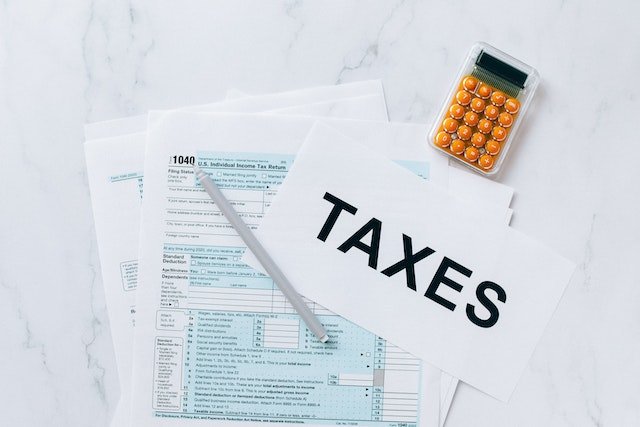From Snack To Stalemate: The Great Popcorn Tax Debate
The new popcorn taxes that India introduced while implementing the Goods & Services Tax has become a hot topic, on social media and amongst the general public. Critics oppose the GST tax for popcorn because it groups plain, salted, and caramelized popcorn under random rates at 5%, 12%, and 18%. The 2017 GST reform, meant to streamline India’s taxation, is in danger of becoming more complicated and involving more rules than before. This article examines how a simple popcorn tax problem reveals significant issues in India’s tax system, both legally and financially, as well as in policy making.
From Simplicity To Complexity: The De-evolution Of GST
GST began with a simple premise and uniform rules for everyone nationwide. The GST law was enacted in 2017 when the Indian Constitution was amended to include Articles 246A and 279A. These new rules eliminated all existing sales tax, service charges, and excise taxes. At its inception, GST employed four tax rates—5%, 12%, 18%, and 28%- to handle different kinds of goods and services. As more taxes and exemptions were added, GST organizers struggled to classify items accurately, rendering GST far more complex than initially claimed. The dispute over popcorn illustrates how societal differences are stretching the system. Caramel popcorn falls under the “sugar confectionery” group in Chapter 17 of the global trade rules known as the Harmonized System of Nomenclature (HSN). However, salted popcorn is categorized under “prepared vegetable, fruit, nut, and plant parts” in Chapter 20. While the legal classifications may be accurate, such minimal differences detract from GST’s primary goal to keep things manageable.
Sweet, Salty, Or Taxed? The Popcorn Puzzle
How a good or service is classified determines what tax rate must be paid by the taxpayers under GST laws. The GST Council, led by the central government’s Finance Minister, recently stated that plain or salted popcorn should be taxed at the 5% rate. In contrast, caramel popcorn sold in standard packaged branding incurs an additional 12% tax charge. This change aims to improve tax categories but raises questions about the utility and sensibility of such fine distinctions. The fact that plain popcorn incurs a 5% tax while salted popcorn incurs an 18% tax illustrates the complexity and confusion inherent in the GST system.
The Law Mandates Simplicity, But Does GST deliver?
Classifying goods for tax purposes has always been a challenge for the Indian courts. In the case of CCE v. Parle Exports, the Supreme Court held that tax law must be interpreted closely, and that when rules are ambiguous, the benefit of the doubt should be accorded to taxpaying entities. To ensure that taxpayers meet their fair tax obligations, their products should be presumed to be regular goods until proven otherwise. The popcorn dispute contradicts the principles that courts have traditionally upheld in tax cases. The GST system encounters legal hurdles when its classifications are based on arbitrary distinctions rather than adhering to established tax principles.
Taxing SMEs: The Bitter Aftertaste of Popcorn Policy
The repercussions of the three-tier tax on the snack industry extend well beyond its own confines. Small and medium enterprises (SMEs) involved in popcorn production and distribution now face increased compliance burdens. The necessity to differentiate between salted and caramelized popcorn requires additional accounting and legal oversight, which disproportionately impact smaller players with limited resources. Furthermore, the bureaucratic machinery needed to enforce these classifications might generate inefficiencies and corruption, undermining the transparency that GST promises.
From Bread Debates To Snack Battles: The GST Dilemma
Different tax labels create more problems than they solve within the system. The tax authority encounters regular challenges as its attempts to rigidly enforce GST categories, evidenced by previous disputes over roti, paratha rates, and cream-filled bun classifications. Public trust in government leaders erodes when such problems recur frequently. Tax systems across various nations strive to establish straightforward methods for revenue collection. The European Union employs a single VAT tax rate on products within the same category to prevent countries from implementing varying classifications. Although the United States does not have a federal VAT system, it maintains consistent sales tax categories across each state for defining taxable goods. Streamlined GST tax brackets and clear rules regarding tax classification would facilitate taxpayer compliance and help restore trust in the tax system. The popcorn tax debacle underscores the need for India to adopt international standards that simplify tax systems for businesses while promoting national economic development.
The GST Recipe Needs A Rewrite
The three-tier popcorn tax serves as an essential lesson for decision-makers. While officials aim to enhance GST classification standards, their initiative to complicate the system works against its fundamental purpose. The GST Council ought to update its tax classification standards by adopting easy-to-follow rules above administrative intricacies. As India seeks global economic leadership, its tax framework should prioritize practical and transparent guidelines rather than convoluted tax divisions. The enduring success of any tax system relies on its ease of understanding for the public. Complicated regulations can create confusion which adversely affects both businesses and taxpayers. Our focus should be on developing a tax system that fosters economic growth and treats taxpayers equitably. After all, it’s time to pop the kernel of simplicity and eliminate unnecessary layers of complexity.
Authors: Seema Meena, Manasvi Shah & Apurva Ranjan

